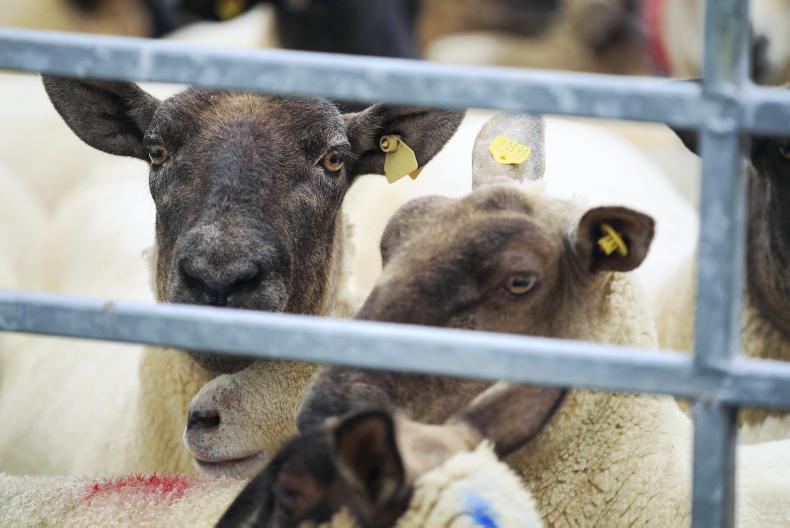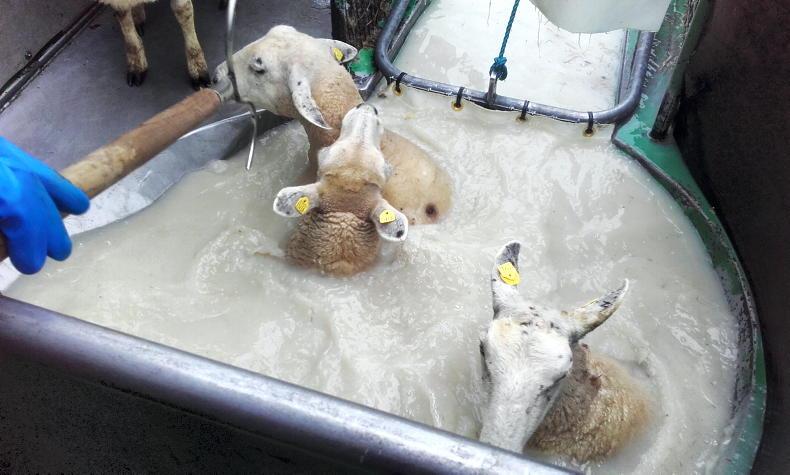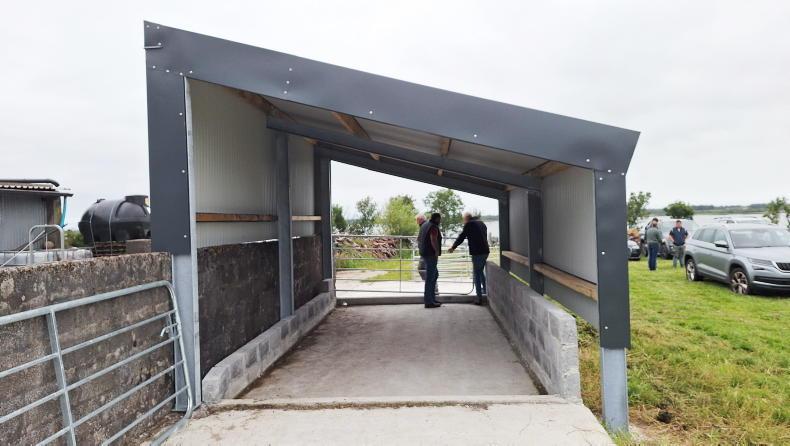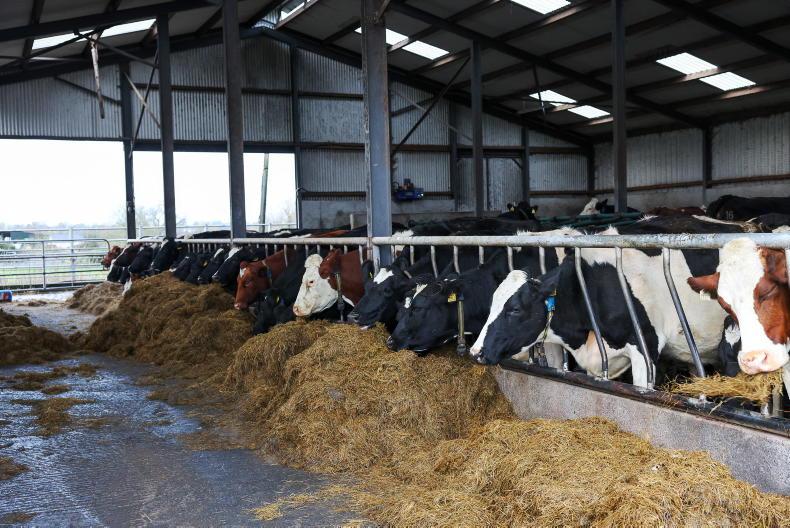Incorporating high-prolificacy genetics into a breeding programme has the ability to greatly enhance litter size and the number of lambs produced per ewe mated.
Management practices and in particular having ewes in the correct body condition score (BCS) and on the correct plane of nutrition before and during breeding also has the potential to significantly lift the number of lambs produced.
Having ewes in the optimum BCS of 3.5 at mating delivers advantages in tightening the lambing spread and reducing barren rates. Teagasc research carried out by Tim Keady and Noel McNamara in Athenry shows that each body condition score (BCS) unit increase at mating (within the range of BCS 2.5 to 4) has the potential to increase litter size by 0.13 lambs per lowland ewe put to the ram.
Results from the Teagasc BETTER farm sheep programme collated by sheep specialist Ciaran Lynch and detailed in the table below reaffirm this statement. Research also shows that the greatest benefit in increasing litter size is achieved from ewes brought from a lower base, with the advantages diminishing as they approach or exceed target condition.
The impact in increasing condition score and ewe liveweight is even greater in hill ewes. Furthermore, research on hill farms through the Teagasc BETTER Farm sheep programme shows a 13.5% higher pregnancy rate between hill ewes with a condition score of 2 and those reaching a target BCS of 3 for hill ewes at mating.
Target condition
As such, there is a huge benefit to be gained in identifying ewes that require preferential treatment. Body condition scoring of ewes is the most accurate method of assessing ewe condition. It is easy to carry out and, while the accuracy can vary slightly between operators, it is a good technique to monitor changes in ewe condition at key time periods throughout the year.
The target condition score for lowland ewes at mating is 3.5 to 4.0. Increasing one condition score generally equates to an increase of 8kg to 12kg liveweight in most lowland breeds with a mature weight of 70kg to 80kg.
Mature ewes grazing average- to good-quality grass will gain in the region of 0.8kg to 1kg liveweight per week, with young ewes on top-quality grass or reseeded swards having potential to gain up to 1.5kg per week. This means that for ewes to improve from a condition score of 2.5 to 3.5 on good-quality grass requires about eight to 10 weeks' feeding on good grass.
With breeding in many mid-season flocks commencing in October, it is vital that regular monitoring of body condition score is carried out. Where ewes fail to regain condition despite preferential treatment, then culling may need to be considered as these ewes will likely be the ewes presenting challenges before and during lambing.
Management tips pre-mating
Ewes should be split into groups with parameters set on body condition. Where there is a significant variation, ewes should ideally be split into three groups – one group in very poor body condition of less than 2.5 and requiring close attention; another group at BCS 2.5 to 3.5 and requiring access to good-quality grass; and a final group in BCS 3.5+ requiring maintenance or slightly below maintenance feeding.
It is important to monitor ewes regularly and switch ewes between groups to avoid ewes gaining or losing excessive condition
It is difficult on most farms to be in a position to divide ewes into three groups and also graze lambs. An approach taken on some farms is to graze in a leader-follower system, with ewes in very poor condition grouped with finishing lambs (ewe or wether lambs).
This group can be followed by ewes in average body condition, with the final group used to graze out pastures to 3.5cm to 4cm and promote high-quality grass regrowth.
Ewes grazing for maintenance will require in the region of 0.8kg to 0.9kg grass dry matter (DM) intake per day, while ewes grazing good-quality grass will consume 1.3kg to 1.4kg DM per day. It should be noted that it is important to monitor ewes regularly and switch ewes between groups to avoid ewes gaining or losing excessive condition.
Post-mating management
It is also important to manage grass supplies to ensure high-quality grass will be available until ewes are safely in lamb, generally one month post-mating. Providing ewes with adequate condition up to breeding and failing to maintain a high level of nutrition in early pregnancy can result in poor attachment of the embryo to the wall of the uterus and early embryonic loss.
Body condition score assesses animals on a range of zero to five (emaciated to excess fat). A condition score change is roughly equal to 12% to 15% of bodyweight depending on breed. Condition is assessed by physically handling animals along the top and side of the animal’s backbone and along the ribs with particular focus along the last rib. It is assessed by feeling the spinous processes, the transverse processes and the area between these to determine eye muscle and fat cover.










SHARING OPTIONS